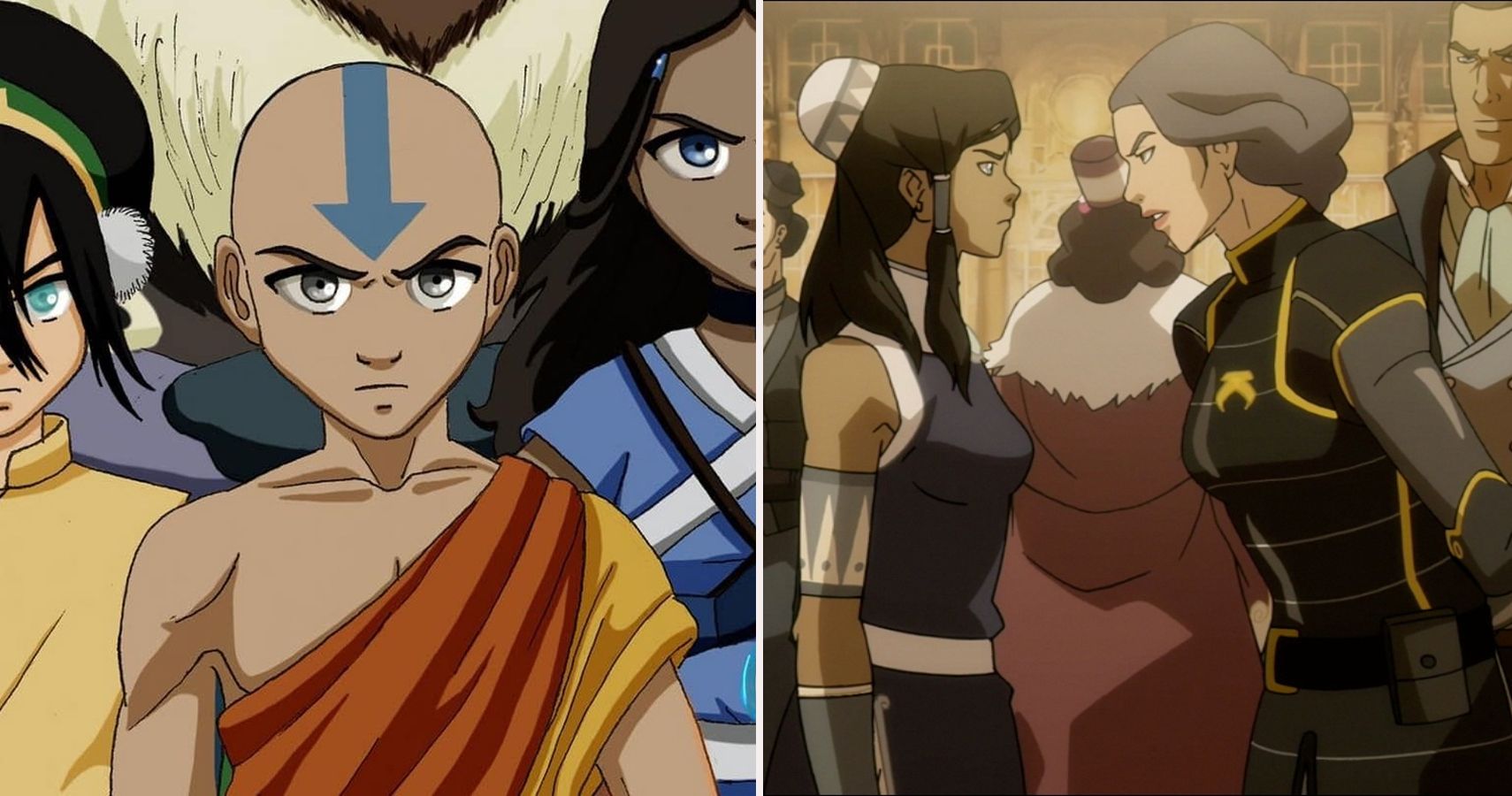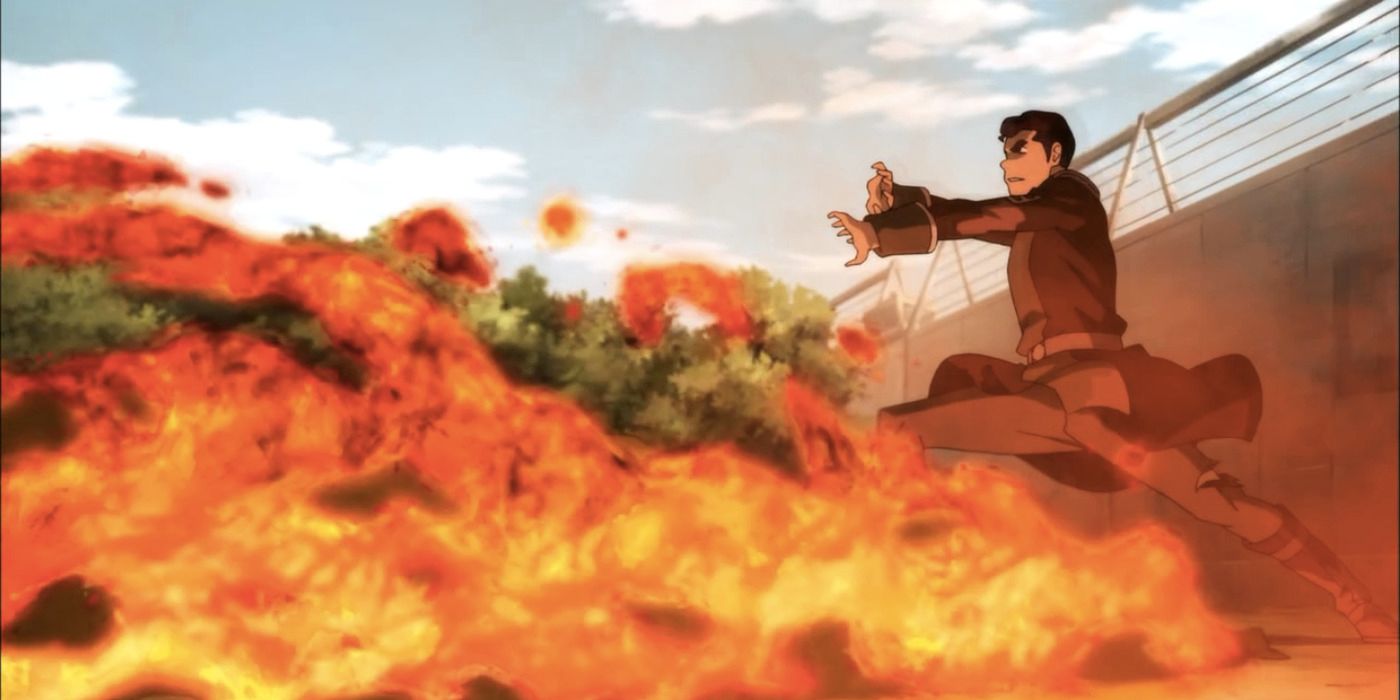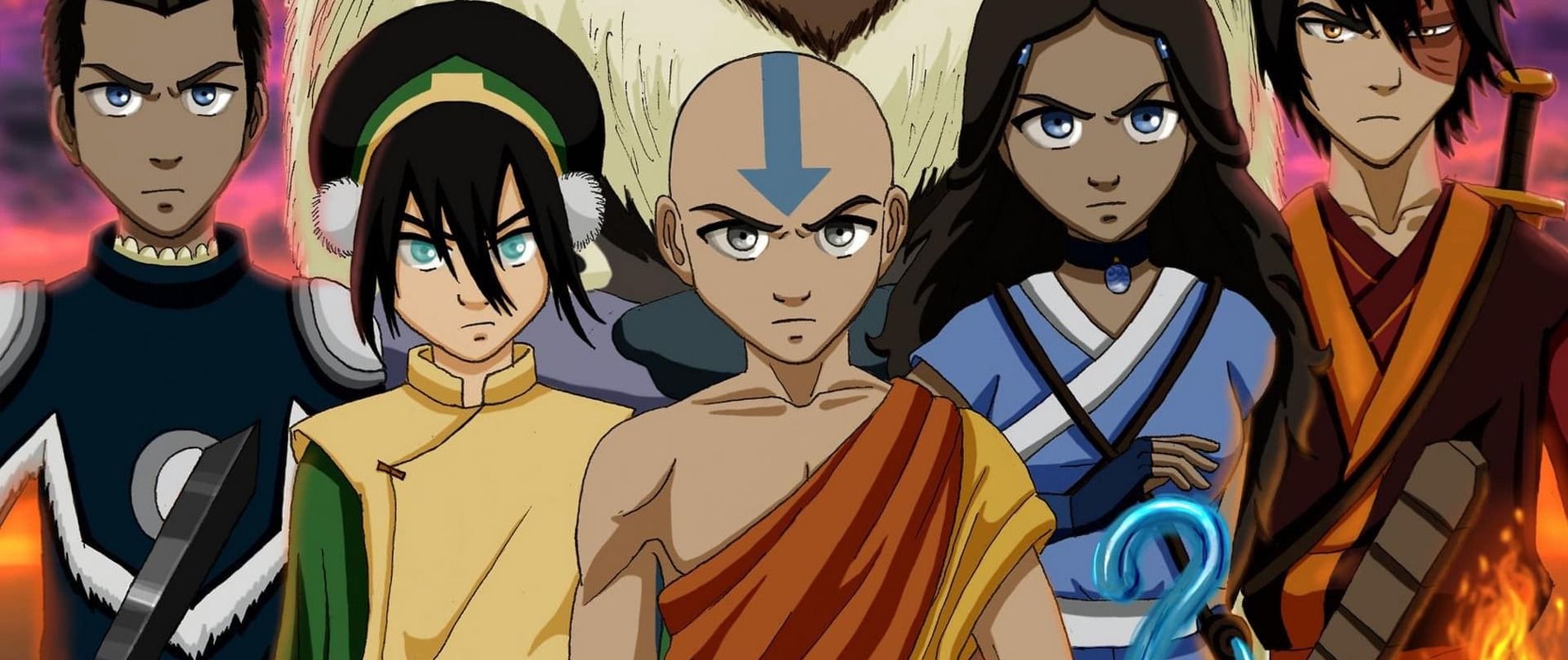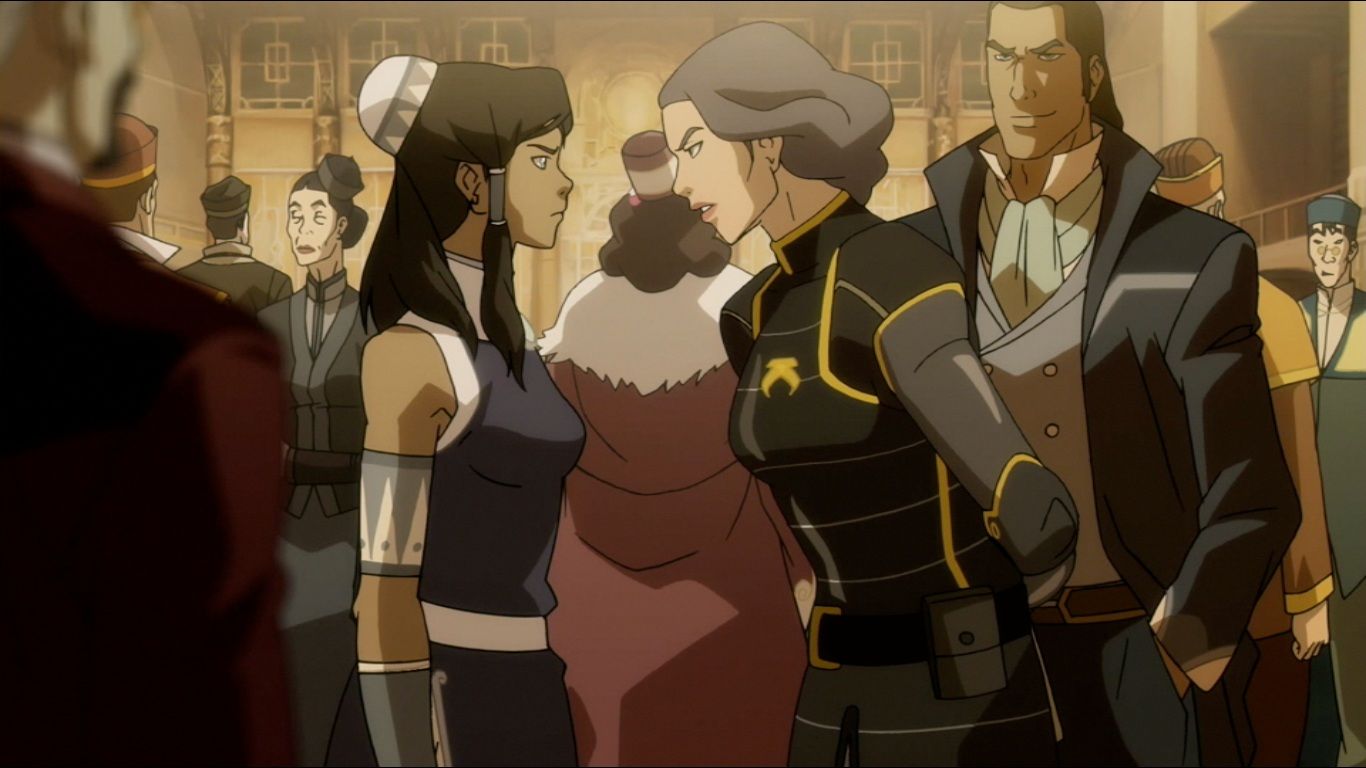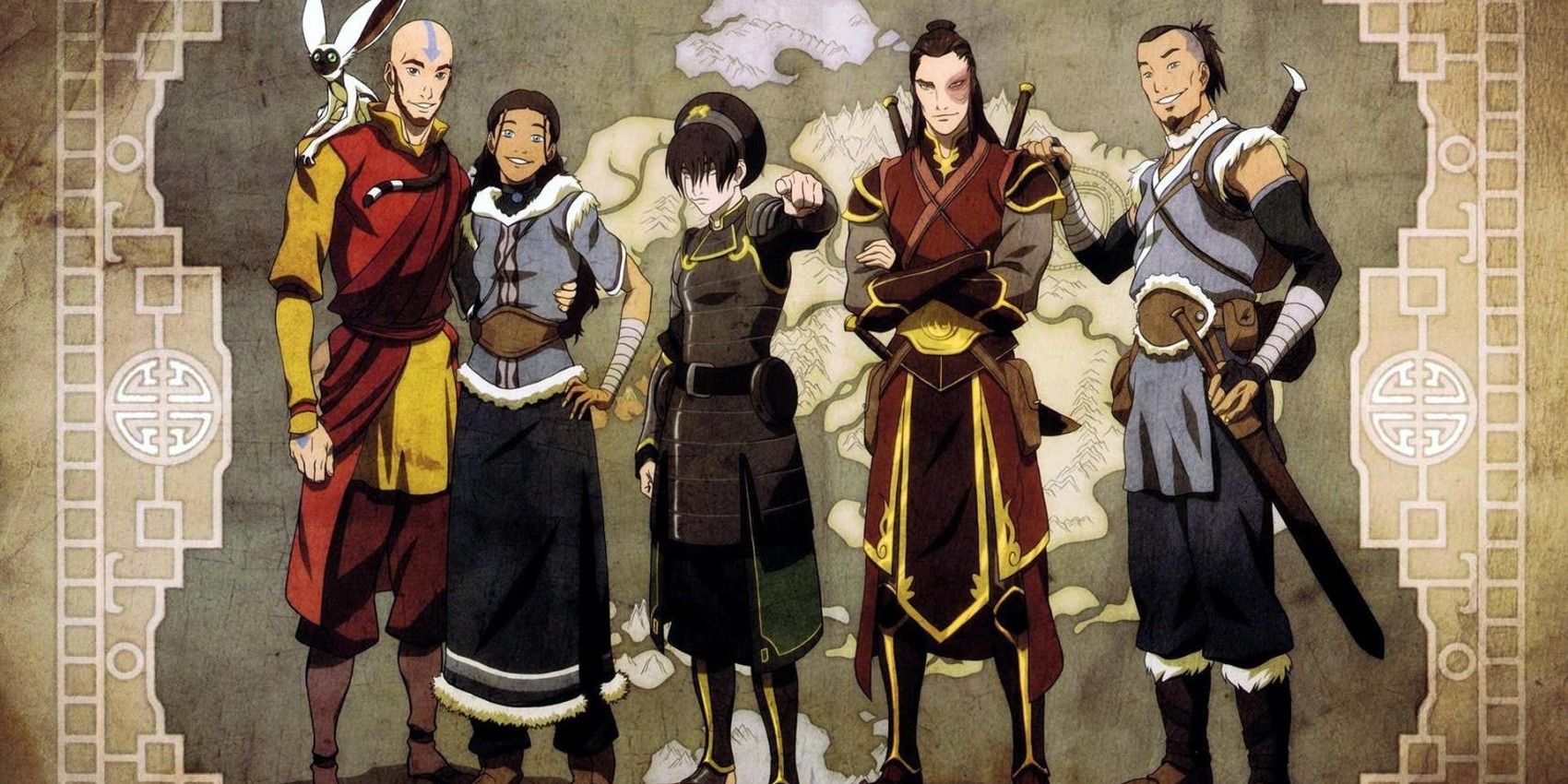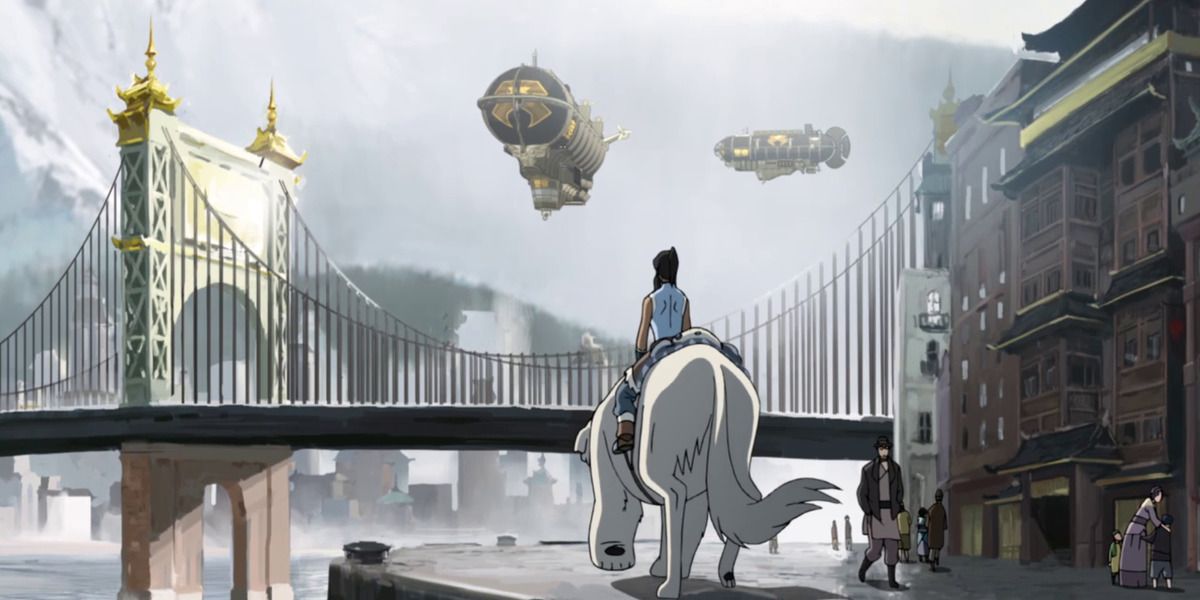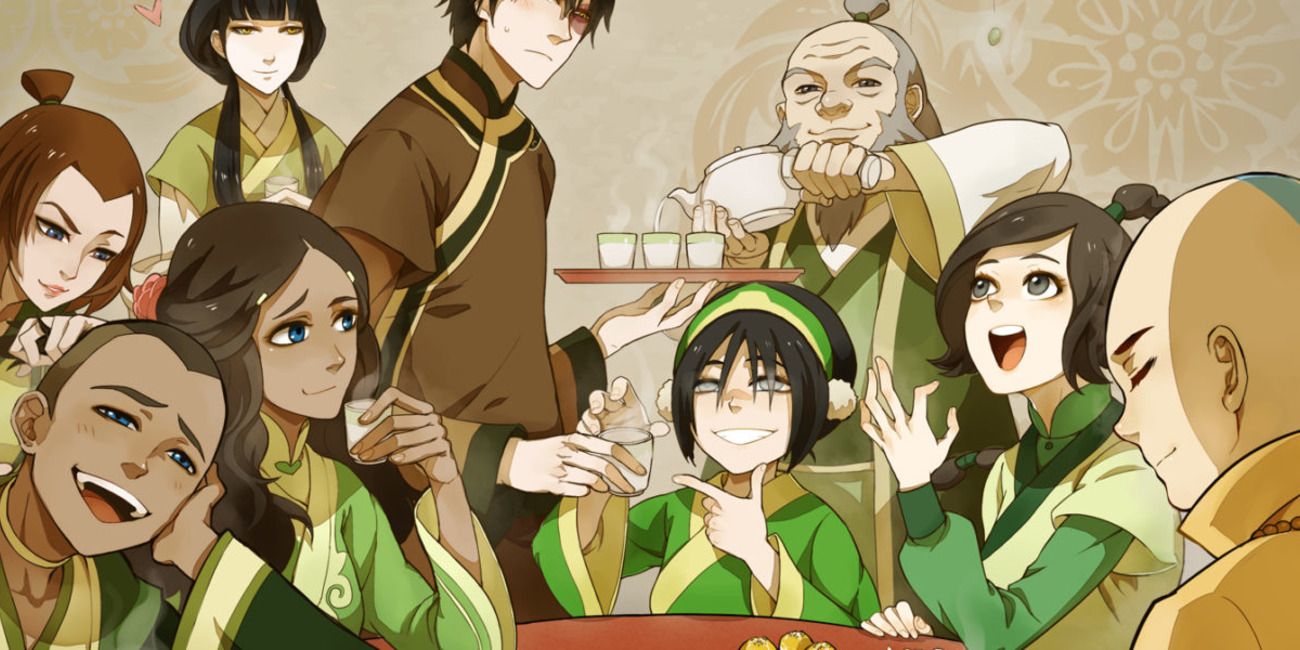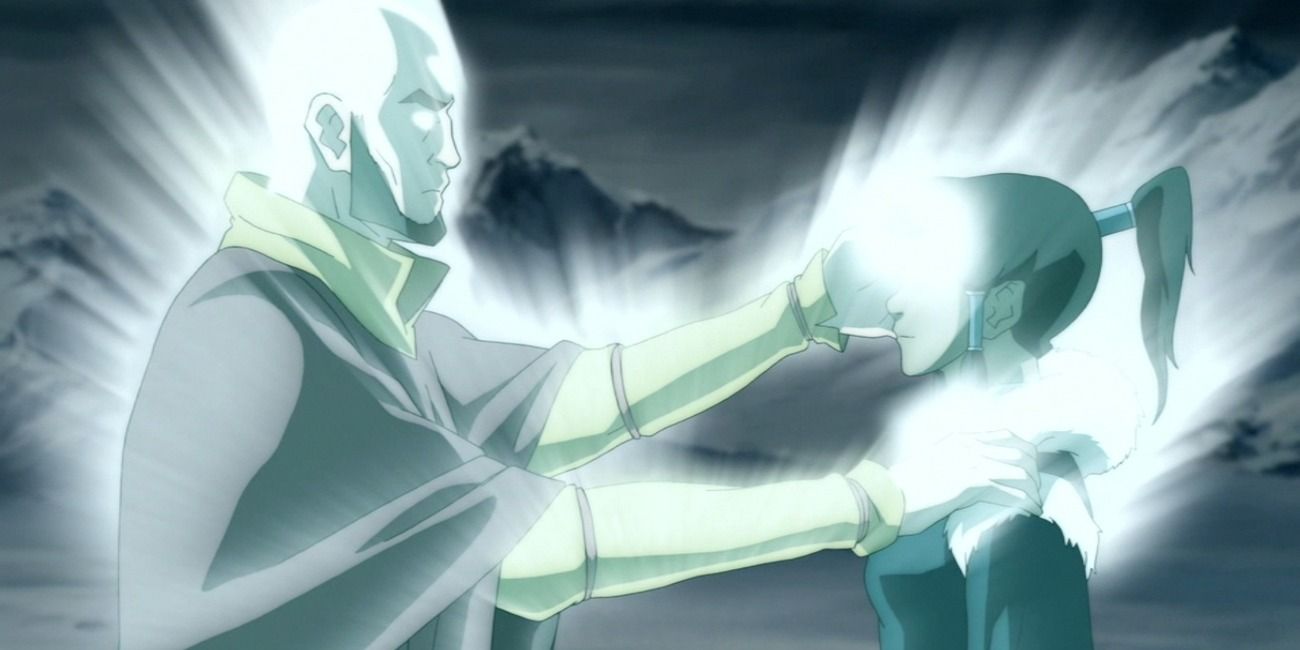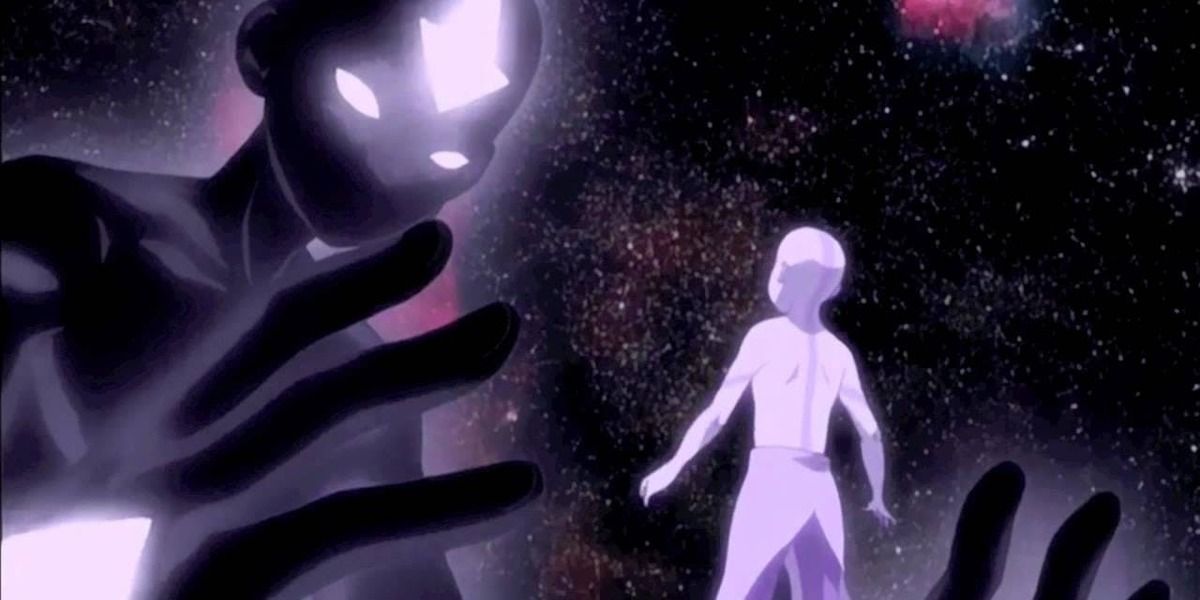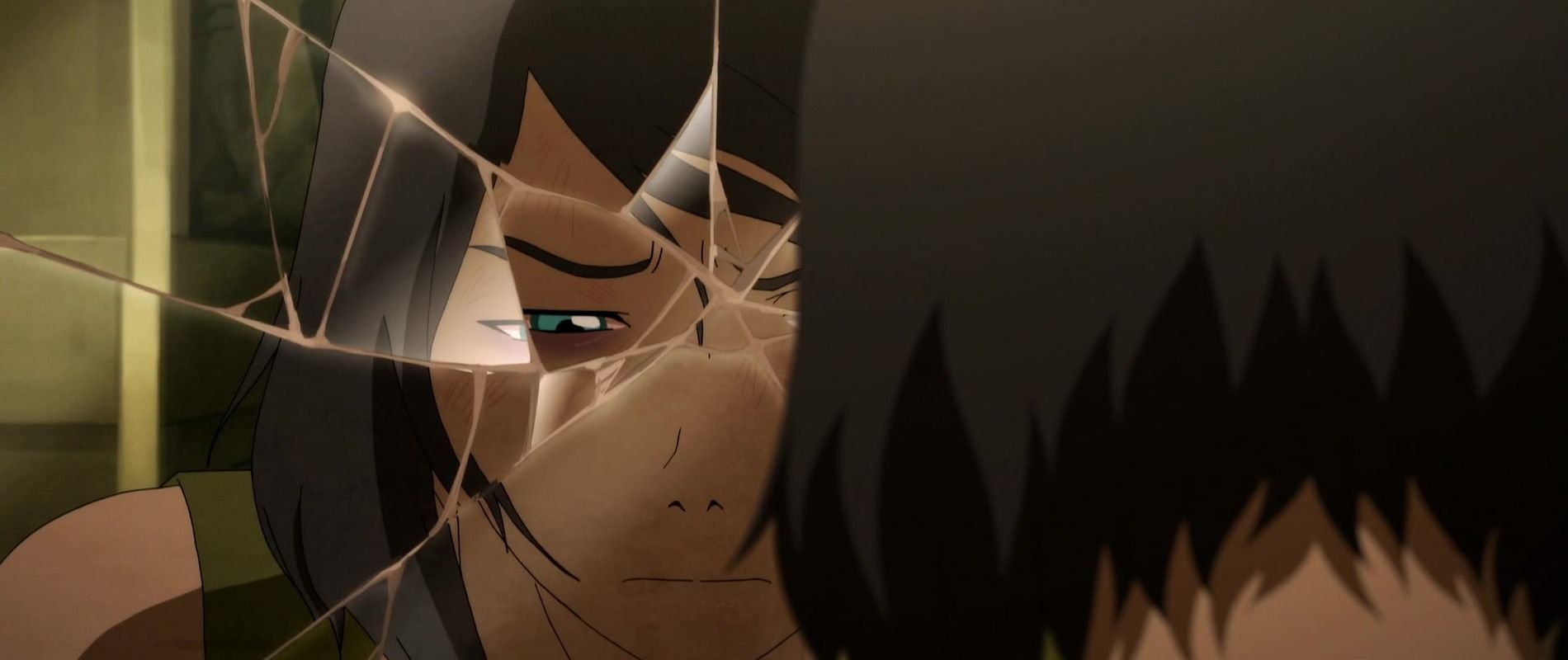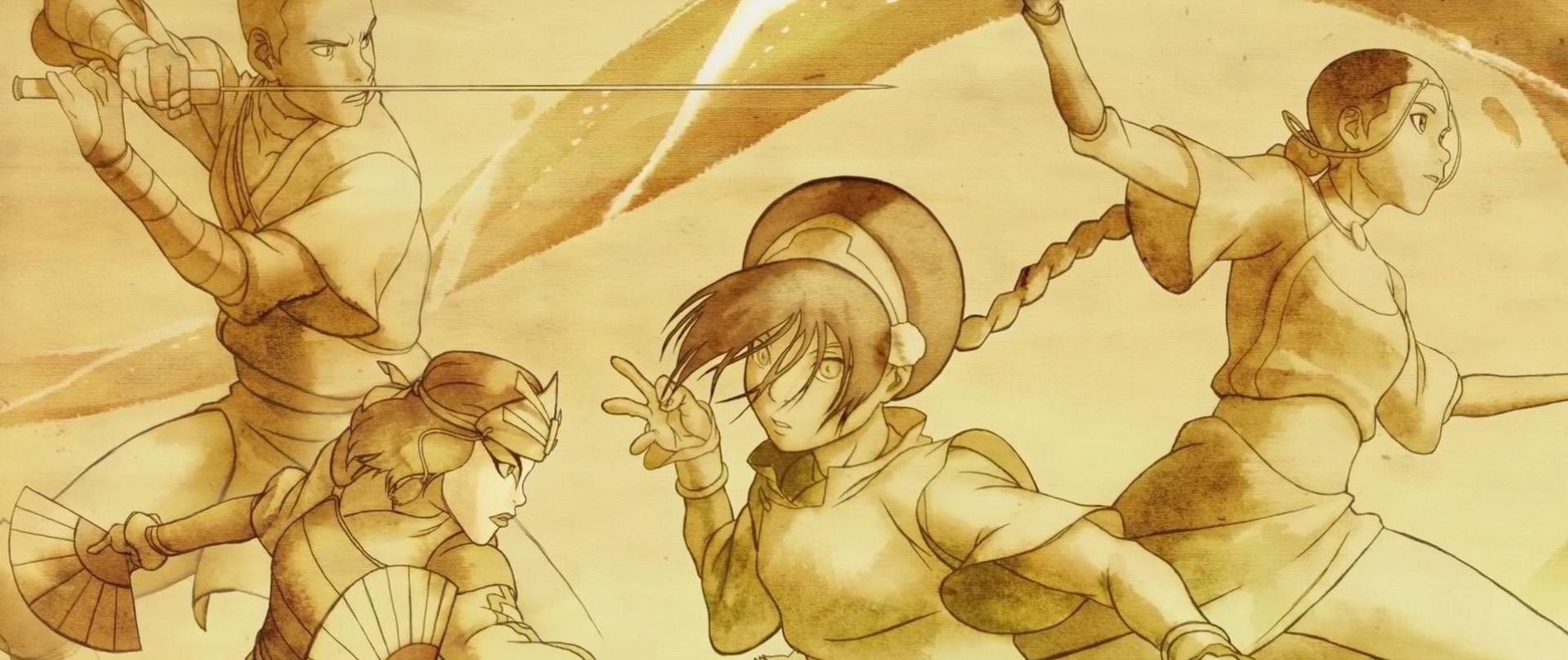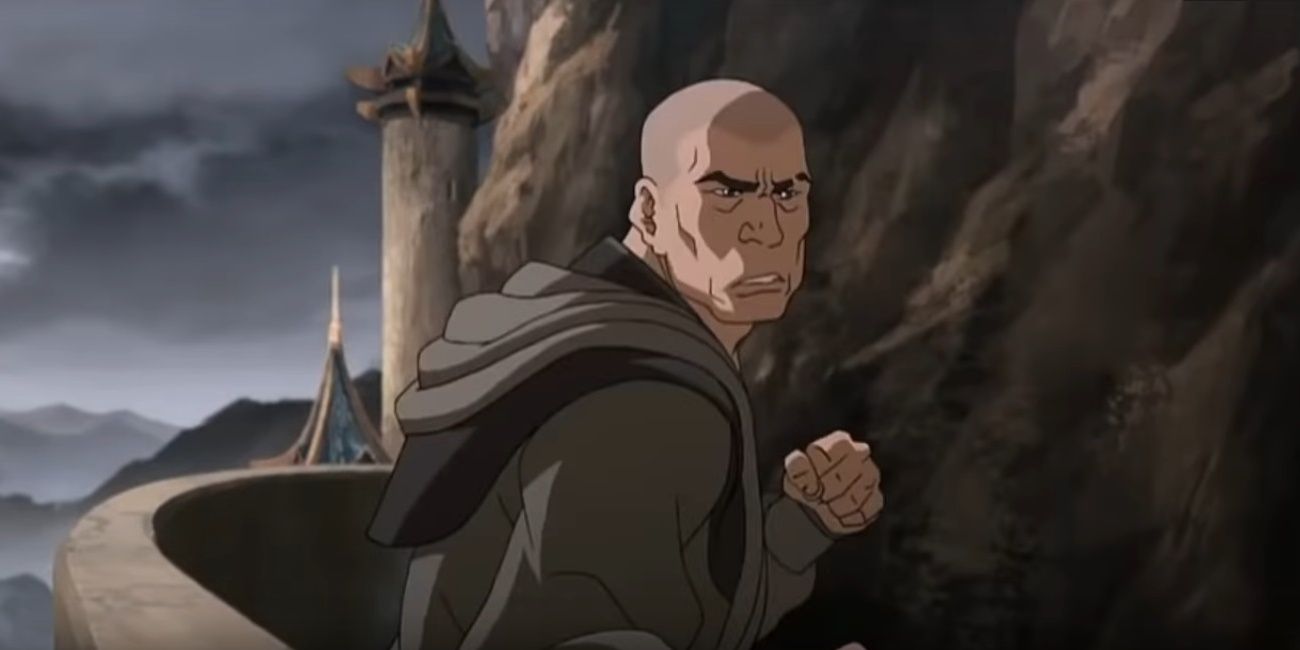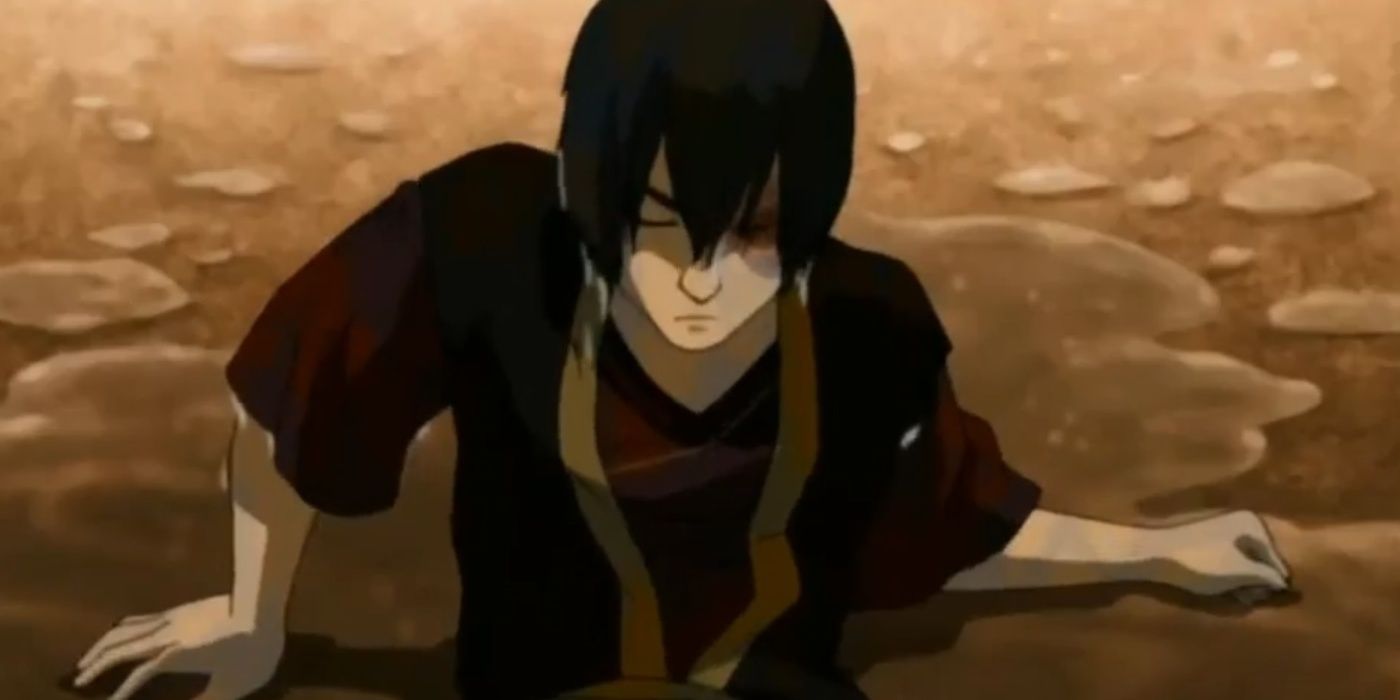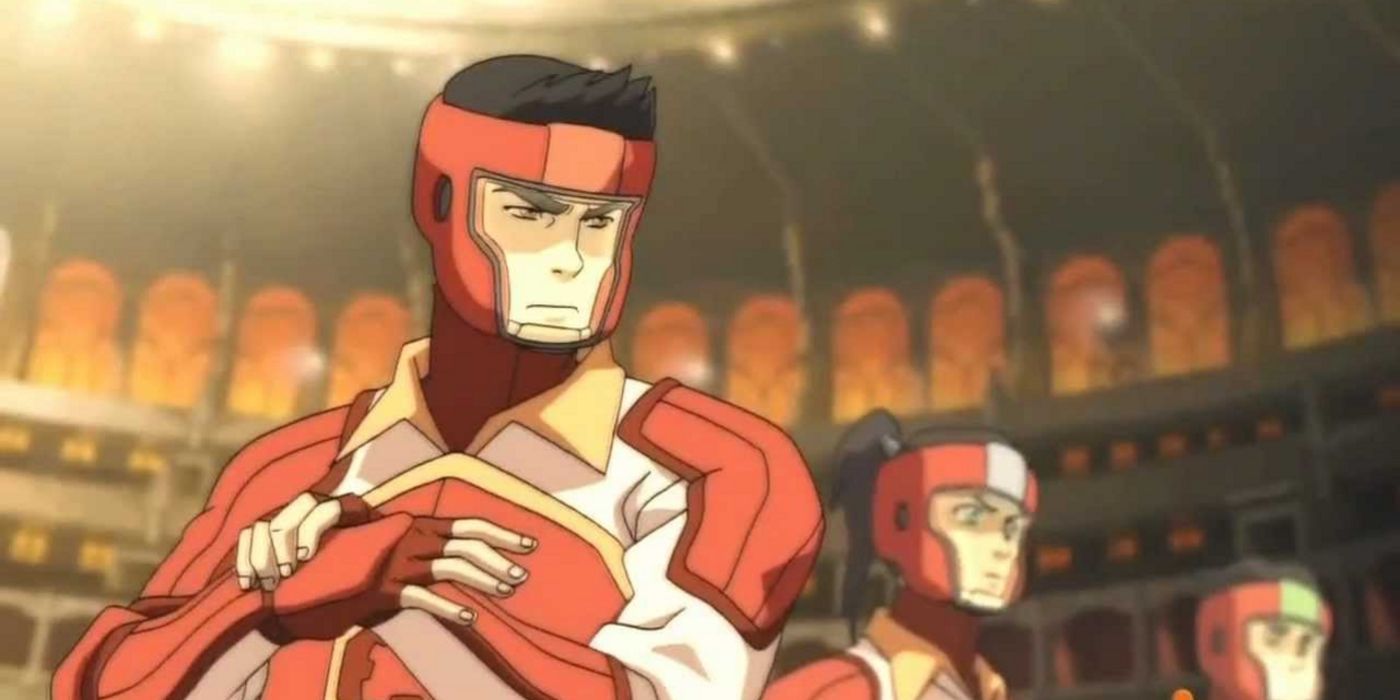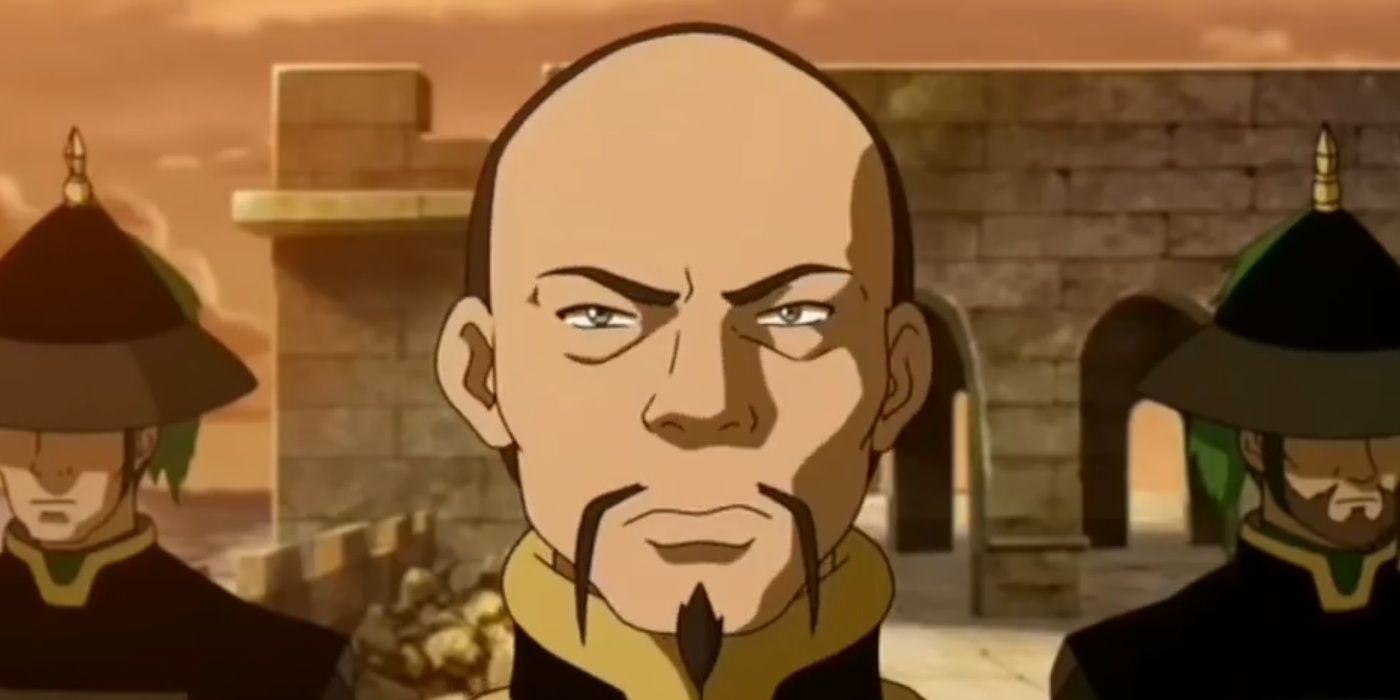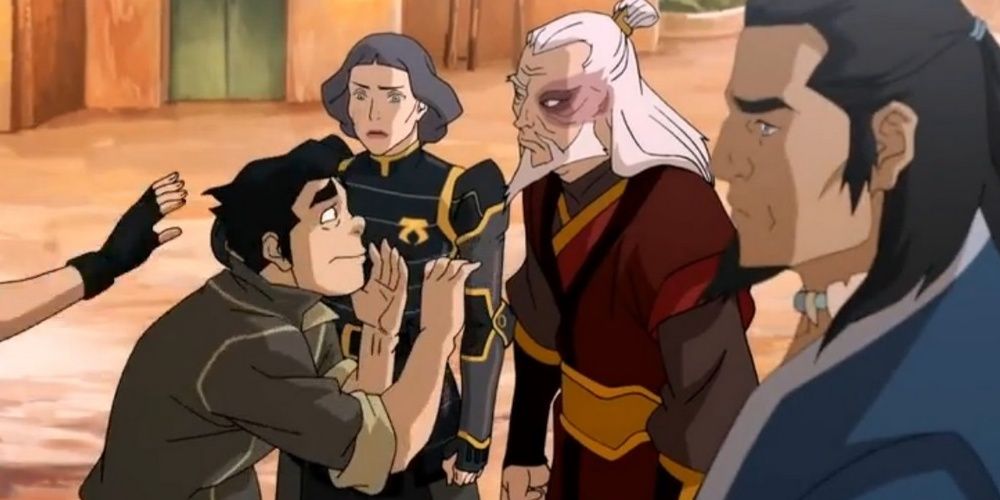Fans of The Last Airbender and The Legend of Korra have a lot of love for both shows, and there's both fierce and friendly debate about which was better. Some common examples that are frequently part of "Which avatar was better?" discussions are the storyline, themes, animation and several other details that only hardcore Avatar lovers notice. For most, it's hard to choose.
Both shows have their faults and advantages, and everyone has their own favorite character or episode. The next time you and your friends decide to argue over Avatars, here are five things The Last Avatar did better than The Legend of Korra, and vice versa.
Update May 19th, 2020 by Louis Kemner: With Avatar: The Last Airbender back on Netflix at last, longtime fans of this franchise can watch it all over again, and newcomers can dive into this world for the first time and see what all the fuss is about. The story of avatar Aang ends after three seasons, but the four-season The Legend of Korra continues this setting, 70 years in its future. It's the same universe, but different characters and themes, and Aang and Korra's times have unique things to offer. Let's review some more.
Korra: Bending Other Elements
In The Last Airbender, we only get a taste of alternative bending in the form of blood bending, spirit bending, and metal bending. In The Legend of Korra, not only do we get to see all that, plus lava-bending, but some very skilled benders appear in the story to execute some thrilling moves. Amon was the antagonist of the first season, and he could bend spirit, water, and blood, an impressive set of skills to say the least. Characters like Suyin Beifong and Kuvira took metal bending to the next level. Suyin built a whole city using her skills and it took the combined skills of Toph, her family, and Korra, to defeat Kuvira, who almost conquered a whole country. Bolin introduced the audience to lava bending, a completely new skill that never appeared in The Last Airbender.
Airbender: Young Adult Entertainment
This isn't a way of saying that TLA was a kid's show, but it is a way of saying the story was directed more at an adolescent audience. Unlike other shows for younger age brackets, however, The Last Airbender didn't pander to childish trends or silly, "below the belt" type humor. It was actually thoughtful, intelligent, sometimes even profound and yet still accessible to a younger audience. That's a nice change from the sparkly vampire romance or shallow school gossip that is so often found in entertainment aimed at young adults or children. Oh yeah, and we're tired of wizards, too.
Korra: Complex Themes
Social classes, authoritarianism, civil disobedience, self-sacrifice, justice, and revenge. These are just some of the profound themes that drive the story in The Legend of Korra. It's one of the indications that TLoK was meant for a more mature audience since kids either wouldn't understand or care about these subjects. Critics of the show might think that integrating these heavy themes into a Nickelodeon cartoon was too ambitious, but Korra fans would strongly disagree. Part of why The Legend of Korra was so compelling is because it wasn't afraid to tackle some tough subject matter even if it was tough to understand.
Airbender: Humor
The Last Airbender was intended for a younger audience, so it makes sense that there are lighter moments. This isn't to say that TLoK isn't funny. There was definitely some humor in the form of Bolin's awkwardness and Tenzin's adorable family, but considering the subject matter of TLoK was more serious anyway there wasn't as much room for levity.
The humor of Korra's Team Avatar was nothing to compared to the antics of Appa, Momo, Aang, and the "meat and sarcasm guy" Sokka, who gave us the most laughs in the form of funny quips, some physical humor, and lots of sticky goo.
Korra: Steampunk And Other Modern Tech
Since TLoK doesn't have a linear storyline, and the main character isn't always moving from place to place, we have time to explore the more mundane aspects of everyday life. The time Korra spends in Republic City is defined by professional sports, "movers", or what we call "movies", radio, and other modern diversions. Airships, which were fairly new and rarely used during Avatar Aang's time, are now commonplace.
The city that Suyin Beifong built as a base for the metal Clan, Zaofu, was a spectacular technological achievement. Varrick, the water Tribe version of Tony Stark, always seemed to have some new wacky gadget up his sleeve.
Airbender: World Building
This was easier for the first series, as it was an integral part of the storytelling. The writers very cleverly integrate information about the world of the Four Nations into Aang's journey, using both the physical and Spirit World to tell us about the universe the Avatar inhabits. We learn about the Water Tribe and the origins of water bending as both Katara and Aang learn about their skills and themselves. Characters like the koi fish Tui and La and other spirits like the bear Hei Bai give us a view into past times, and the drama of Katara learning how to be a warrior as opposed to a healer teach us about the culture of water benders and the differences between the Northern and Southern tribes. The city of Bae Sing Sae, the capital city of the Earth Kingdom, had its own interesting lore as it served as a setting for some of Aang's most interesting adventures.
Korra: Better Animation
Not only was better technology and updated materials available for the second series, but the dedicated fan base that The Last Airbender didn't have in the beginning gave the creators more clout when they made a second series. And more importantly, it gave them more money.
The color palette of TLoK is much more sophisticated and varied than the basic scheme that was used in The Last Avatar and the fight scenes and sweeping vistas in which Korra travels are much more detailed and beautiful. The different style of animation used to depict the story of the very first Avatar, Wan, is more abstract but still amazing to watch.
Airbender: Linear Storyline
The Last Airbender had a clear direction and goal from the very first episode that carried through right up until the gripping finale. Occasionally, a stand-alone episode would pop up, but for the most part, each episode followed the other. The series also includes several sequels, sometimes in several parts such as the four-part "Sozin's Comet." The Legend of Korra, on the other hand, varies a lot more when it comes to following a single story thread. Seasons three and four follow each other fairly well, with seasons one and two barely connected at all aside from the setting, Republic City.
Korra: Mature Subject Matter
Korra's adventures were always intended for a more grown-up audience. The kids that had watched The Last Airbender had grown up and the creators of the show didn't want to lose their original fan base. Of course, The Last Airbender had its sweet romantic moments, but the relationships in TLoK are more of a central focus to the story as opposed to creating tension in the background.
In the first season, the sheltered Korra learns some harsh economic, political and social lessons about life in the big city. In Season 4, we follow Korra on her journey back from her harrowing experience with Zaheer, and the depiction of post-traumatic stress and mental anguish is honest and visceral.
Airbender: Better Writing
You can tell that the original writers of the series didn't have as much influence on TLoK as they did with TLA. While the drama that surrounds Aang has a lot more focus and relies on the storyline and character interaction, TLoK occasionally falls back on tropes or flashbacks to keep the audience engaged. While Aang's story is almost exclusively about him learning to bend with little else going on, Korra's less linear episodes have a lull once in a while and the filler is often cringe-worthy. Love triangles, professional sports, and wanton destruction are fun, but not when they're used just to take up space. The clip show "Remembrances" is a good example of the type of lazy non-writing that turns fans off. No "flashback" episodes like this appear in The Last Airbender, and that's a good thing.
Korra: Questioning Everything
Both of these shows involve change, revolution, war, and other climatic events that can shake the entire world. Overall, though, The Legend of Korra is more open to changing the status quo in extreme ways.
Up until now, benders were venerated and treated as honored warriors and defenders... but what if a masked man declared them all monsters and went after their bending? Or what if airbending was used for evil for the first time? Nothing is sacred, and that's good.
Avatar: Forgiveness Theme
This theme also appears in both shows, but it figures more prominently in Avatar: the Last Airbender, and is done in the most compelling way possible. It largely revolves around Zuko, Iroh, and Katara.
Zuko is conflicted and lost, and even turned on Iroh at some point. But Zuko urgently sought out Iroh for forgiveness and received it at once. No more bad blood between them. And Katara learned to forgive Zuko for his role in all this, making their friendship official.
Korra: Costume Design
Every good movie or TV show needs proper costume design to fit the time period, culture, and technology level of the setting, whether it's in the real world or a made-up one. Clothes really do make the person.
The Legend of Korra has more intriguing and diverse costume design, from the pro bender uniforms to the steampunk Equalist outfits to the Asian-style suits and tuxedos often seen in Republic City. And, of course, the fancy gowns and attire the characters have during black-tie events.
Avatar: Monster Of The Week
Villains like Amon and Kuvira are more complex than Fire Lord Ozai and Admiral Zhao, but Avatar does have a bigger variety of bad guys, many of whom appear just once or twice. And that's a good thing.
All of these one-off, minor villains help fill out the world a bit more and provide even more creativity in villain design, so the battle scenes are more varied. Or at least, it can be "problem of the week," such as that Fire Nation town suffering from pollution due to a nearby factory.
Korra: Global Politics
Now that the Hundred-Year War is over, the global political stage is much more complex than "defeat the Fire Nation." The Fire Nation is peaceful and friendly once again, and Republic City is a place where all people can gather.
So, leaders from all over the world regularly meet (and sometimes argue) about how to handle any crisis, from the Water Tribe civil war to Kuvira's march on Republic City and Zaheer's breakout. It's fascinating to see politics on this scale.

